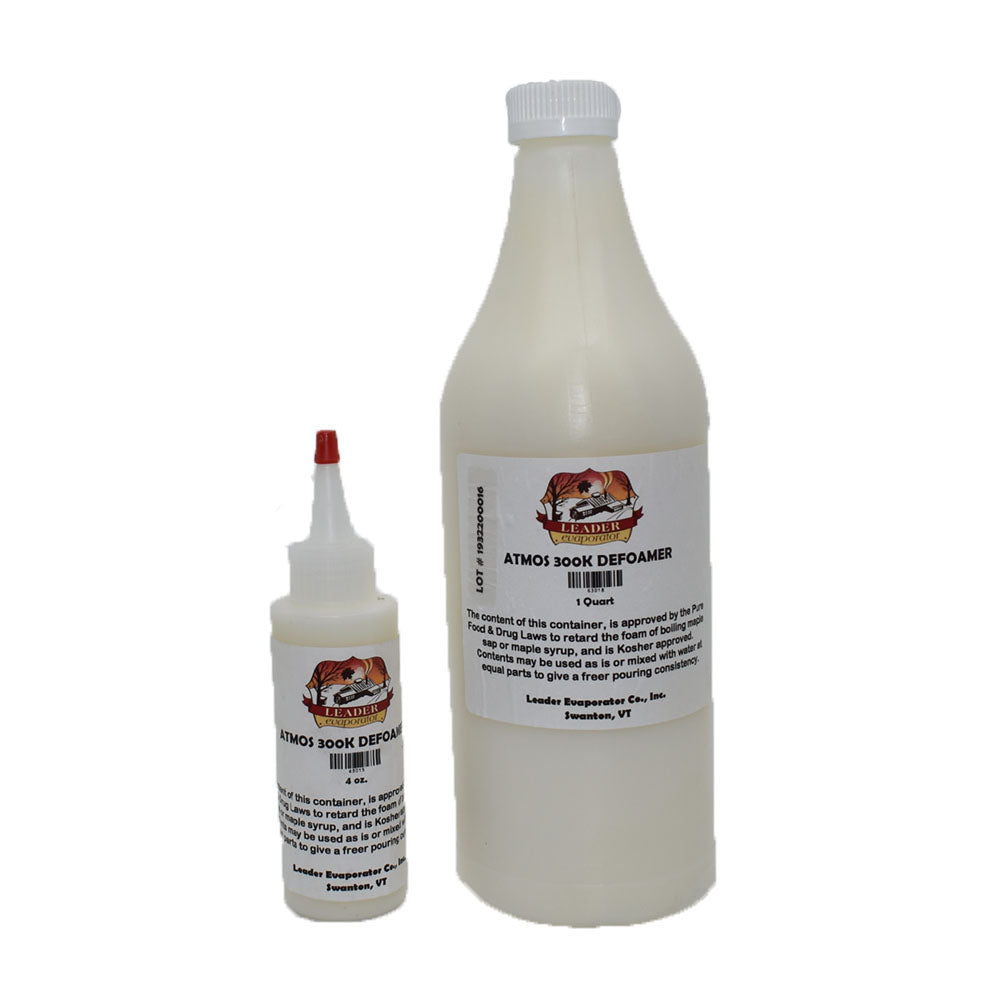Benefits of Using Defoamers to Enhance Operational Efficiency
Benefits of Using Defoamers to Enhance Operational Efficiency
Blog Article
Selecting the Right Defoamer for Your Certain Application Demands
Picking the ideal defoamer for particular application requirements is a nuanced process that demands mindful factor to consider of several elements, such as the foam type, tool, and operating problems. Recognizing the subtleties of defoamer efficiency-- including rate and determination-- while also accounting for regulative and environmental variables is critical. In addition, participating in trials and speaking with makers can give useful understandings. Nevertheless, navigating these intricacies can be complicated, and the repercussions of a poor selection may be substantial. What techniques can be utilized to make certain an ideal option?
Recognizing Foam Development
Foam formation happens when gas is caught within a fluid, creating a steady framework of bubbles. This sensation can significantly affect numerous commercial processes, particularly in fields such as food production, pharmaceuticals, and wastewater therapy. The presence of foam can prevent mixing, minimize product top quality, and even cause operational inadequacies.
Foam typically creates as a result of a combination of elements, including surface-active agents, agitation, and the qualities of the liquid phase. Surfactants lower the surface tension of the fluid, facilitating the formation of bubbles that can coalesce and maintain. Agitation, whether from mechanical stirring or gas intro, boosts bubble development, bring about increased foam volume.
Understanding the auto mechanics of foam formation is important for markets intending to enhance their processes. By identifying the specific conditions that promote foam generation, organizations can execute methods to mitigate its effects. This understanding prepares for selecting appropriate defoaming representatives that properly target the one-of-a-kind difficulties presented by foam in different applications. An extensive understanding of foam development is vital for improving performance and preserving product honesty across various markets.
Sorts Of Defoamers Available
Different kinds of defoamers are offered to resolve the challenges presented by foam in industrial applications. defoamers. Extensively identified, defoamers come under three classifications: silicone-based, non-silicone-based, and natural defoamers
Silicone-based defoamers are renowned for their efficiency and security throughout a wide variety of temperatures and pH degrees. They are normally used in applications where solid foam suppression is needed, such as in paints, coverings, and adhesives. Their low surface area stress enables rapid foam collapse.
Non-silicone-based defoamers, commonly made from organic compounds, use a choice for applications conscious silicone deposits. These defoamers can be further separated right into polyether and ester kinds, each tailored to meet certain solution requirements. Non-silicone defoamers are often made use of in food handling and personal care products because of their compatibility with numerous solutions.
Natural defoamers, acquired from plant or pet resources, are obtaining traction due to their green profile. These products are specifically appealing in applications where regulatory conformity and sustainability are paramount, such as in agrochemicals and biotechnology.
Picking the right type of defoamer is important for enhancing performance and ensuring compatibility with specific applications.
Key Application Factors To Consider
When selecting a defoamer, it is necessary to think about the particular application requirements to ensure optimum efficiency. defoamers. Different industries have distinctive demands, such as food handling, pharmaceuticals, or wastewater therapy, and each application might need unique defoaming residential properties
Secret elements to evaluate consist of the medium in which the defoamer will be made use of, whether it is water-based, oil-based, or a combination thereof. The temperature and pH degrees of the application can likewise significantly affect the effectiveness of a defoamer. In addition, compatibility with other chemicals existing in the system is vital to avoid unfavorable responses that might compromise efficiency.
Another crucial consideration is the frothing habits of the particular system. Understanding whether the foam creates swiftly or gradually can guide the selection of a defoamer that targets the origin effectively. In addition, the desired rate of defoaming can influence the option, as some applications call for rapid activity while others might tolerate slower defoaming processes.
Lastly, ecological and regulative factors to consider must not be overlooked, specifically in markets with rigorous compliance needs. Choosing a defoamer that straightens with these aspects guarantees both performance and safety and security in the application.

Efficiency Screening Approaches
Evaluating the efficiency of a defoamer calls for an organized technique to screening that precisely measures its effectiveness in specific applications. Numerous efficiency testing methods can be used to identify the ideal defoamer for a provided formula.
One common approach is the bubble test, which evaluates the defoamer's over here capability to reduce Read More Here foam quantity over time. This test entails producing a stable foam and then adding the defoamer to observe the price of foam collapse.

Eventually, picking the appropriate performance testing method relies on the particular application and the kind of foam being attended to. Each approach uses beneficial data that can guide formulation adjustments and enhance the effectiveness of the defoamer in useful applications.
Ideal Practices for Choice


Following, consider the defoamer's performance in regards to rate of action and determination. A quick-acting defoamer might be essential for processes where rapid foam suppression is critical, while a much more relentless formulation might be required for prolonged foam control. In addition, review the environmental effect of the defoamer, including its biodegradability and any governing compliance needs.
Conduct trials with chosen defoamers to determine their performance in real-world problems. This action is important to confirm that the chosen item fulfills performance expectations. Finally, seek advice from with manufacturers or vendors for technological assistance and guidance, as they can give useful insights right into item solutions and application techniques. By adhering to these finest methods, you can boost foam control effectiveness and make sure the durability of click your processes.
Final Thought
In summary, picking the appropriate defoamer necessitates a detailed assessment of different aspects, including foam type, tool, operating conditions, and ecological considerations. Comprehending the one-of-a-kind qualities of foam formation and the available defoamer alternatives is vital. Additionally, employing efficient performance testing methods and adhering to finest methods throughout the option process will certainly boost the possibility of attaining optimal defoaming outcomes. Ultimately, a knowledgeable choice approach will resolve details application needs and reduce foaming difficulties efficiently.
Picking the proper defoamer for details application requirements is a nuanced process that demands careful factor to consider of several factors, such as the foam tool, type, and operating conditions.Selecting the right defoamer is essential for attaining optimum performance in foam control applications. A quick-acting defoamer might be required for procedures where fast foam suppression is critical, while an extra consistent formula might be required for prolonged foam control.In recap, selecting the proper defoamer necessitates a detailed assessment of different aspects, consisting of foam type, medium, operating conditions, and ecological considerations. Comprehending the one-of-a-kind features of foam development and the readily available defoamer alternatives is critical.
Report this page